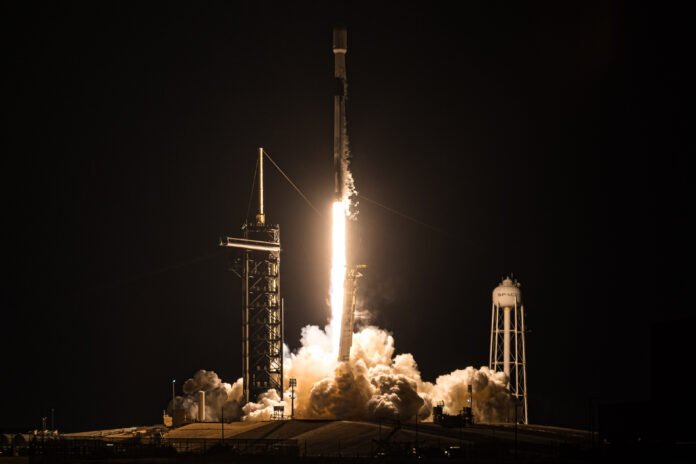Toulouse. The first of the two Airbus-built new generation SpainSat satellites, SpainSat NG-I, has been successfully launched on a Falcon 9 rocket from Cape Canaveral, in the U.S. Operated by Hisdesat for the Spanish Armed Forces, Europe’s most advanced secure communications satellite operating in UHF, Ka and X band, will enter into service in geostationary orbit from the second half of 2025, following initial testing and commissioning.
“The launch of SpainSat NG-I with cutting-edge secure communications technology enabled by our industry-leading Eurostar Neo platform is a major step for Spanish and European sovereignty. Its innovative payload, which represents more than 45% of the satellite, has been developed thanks to a joint effort of the Spanish space industry, led by Airbus,” said Alain Fauré, Head of Space Systems at Airbus Defence and Space.
Airbus Defence and Space, as prime contractor, designed, integrated and tested the satellite at the Airbus facilities in Toulouse. Airbus in Spain also developed the innovative X-band transmit and receive active antenna system, providing the functionality equivalent to 16 traditional antennas. These active antennas provide the satellite with exceptional flexibility and resilience. Their software enables them to adapt and change the coverage up to 1,000 times per second and can detect, geolocate and mitigate multiple and simultaneous interference with high precision. The satellite is also radiation hardened to protect against a potential nuclear blast.
SpainSat NG satellites will deliver a tenfold increase in communications capacity over the previous generation, allowing the transmission of more data more quickly with coverage over two thirds of the Earth’s surface.
The twin satellite SpainSat NG-II, which is currently under construction and testing at Airbus Defence and Space facilities, will be completed at the end of 2025.
Note to Editors: Key innovative technologies on the SpainSat NG-I satellite were developed as part of the Pacis 3 ESA-Hisdesat Partnership through the ESA ARTES programme and supported by the Spanish Space Agency.




